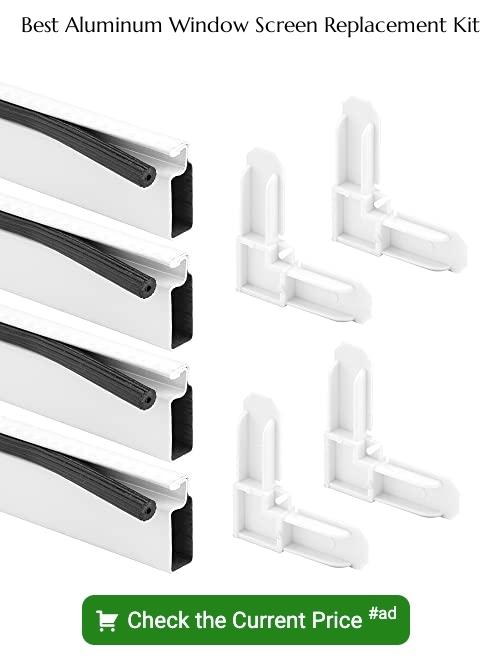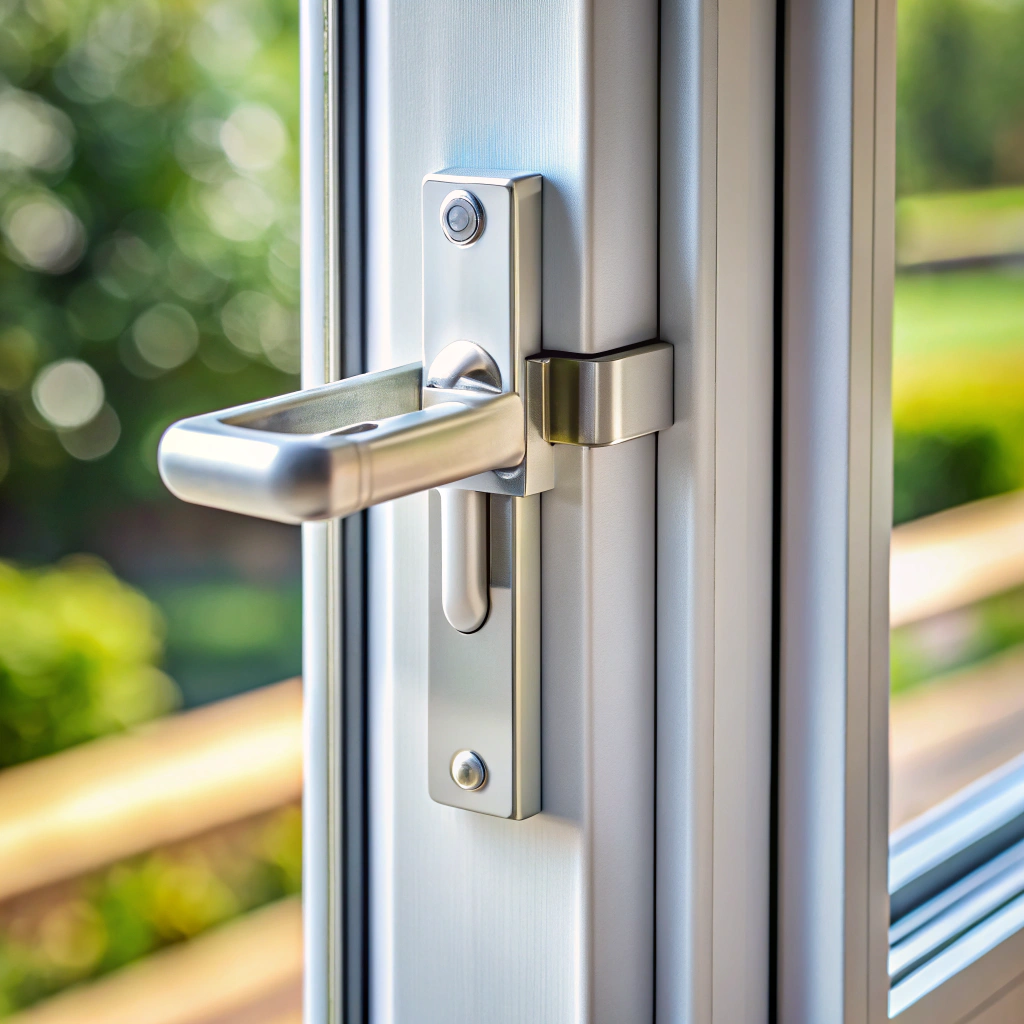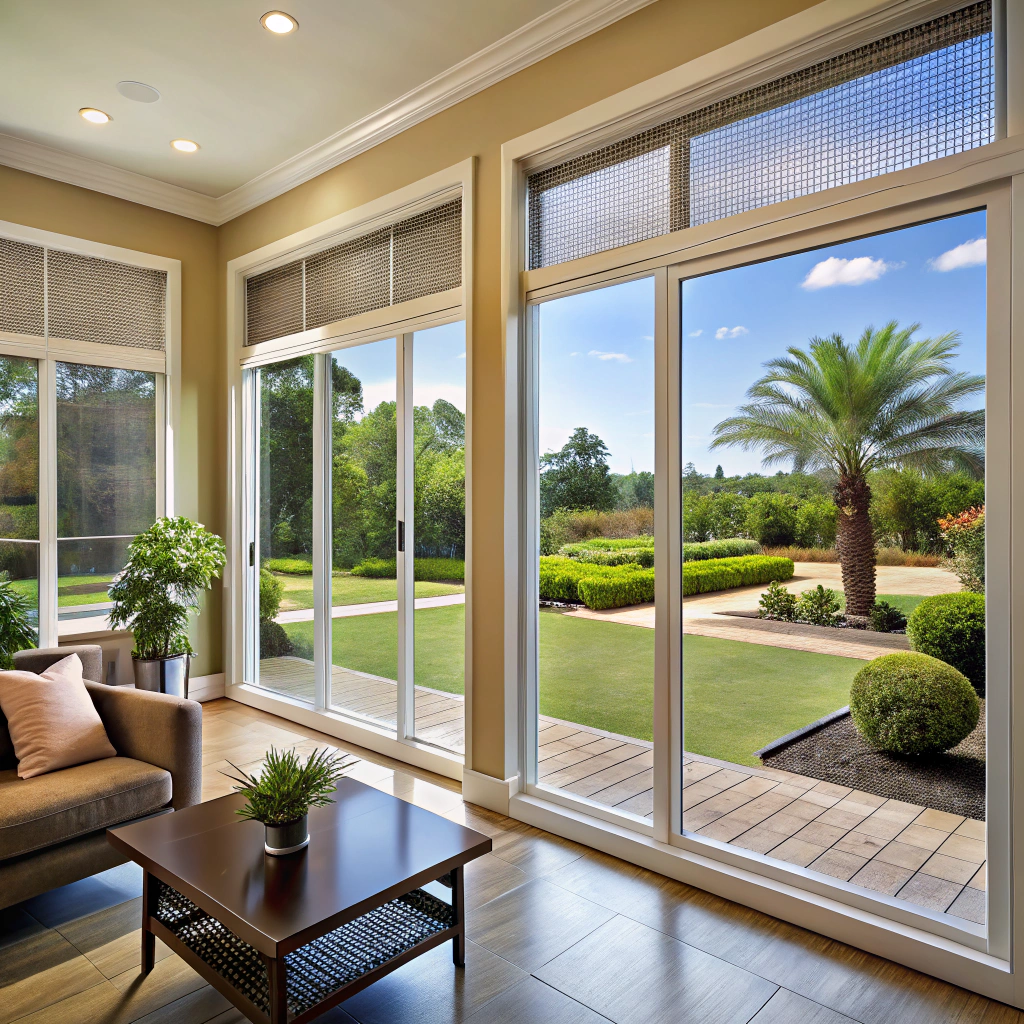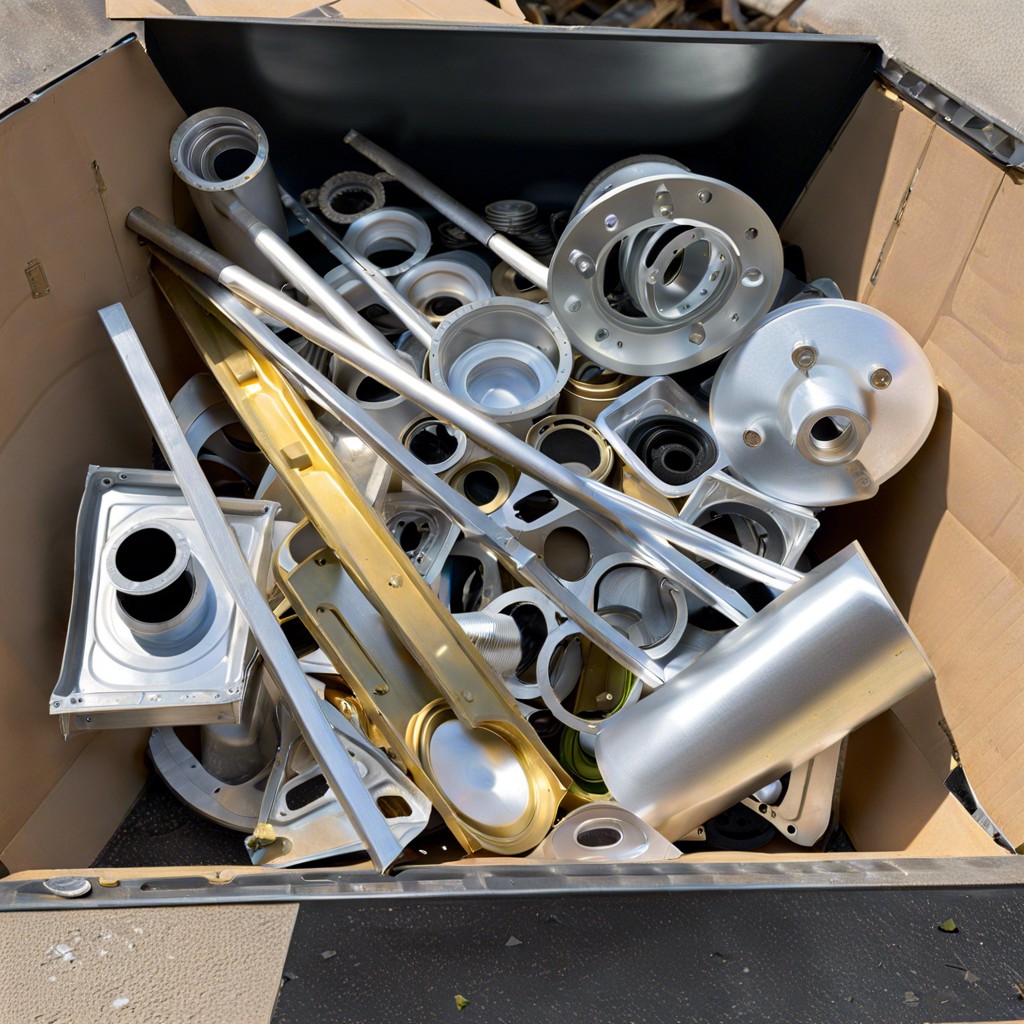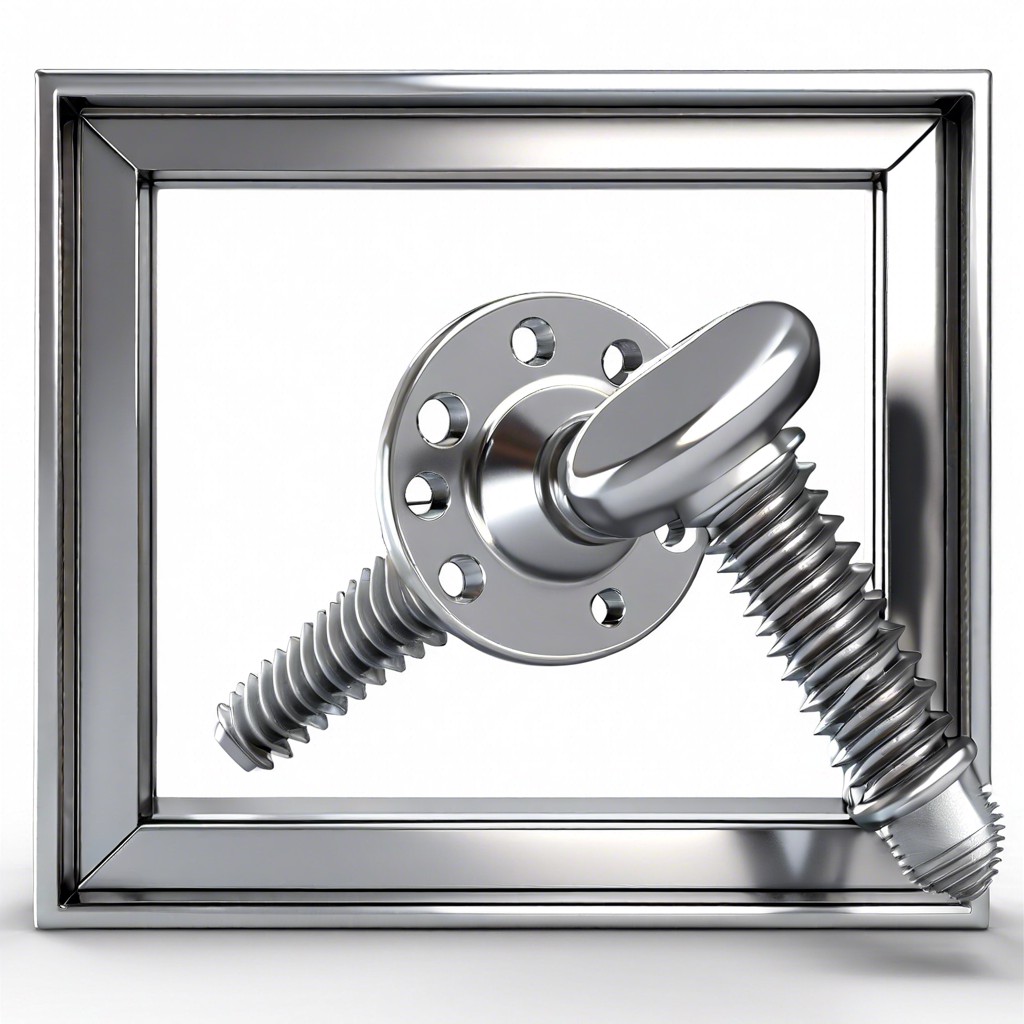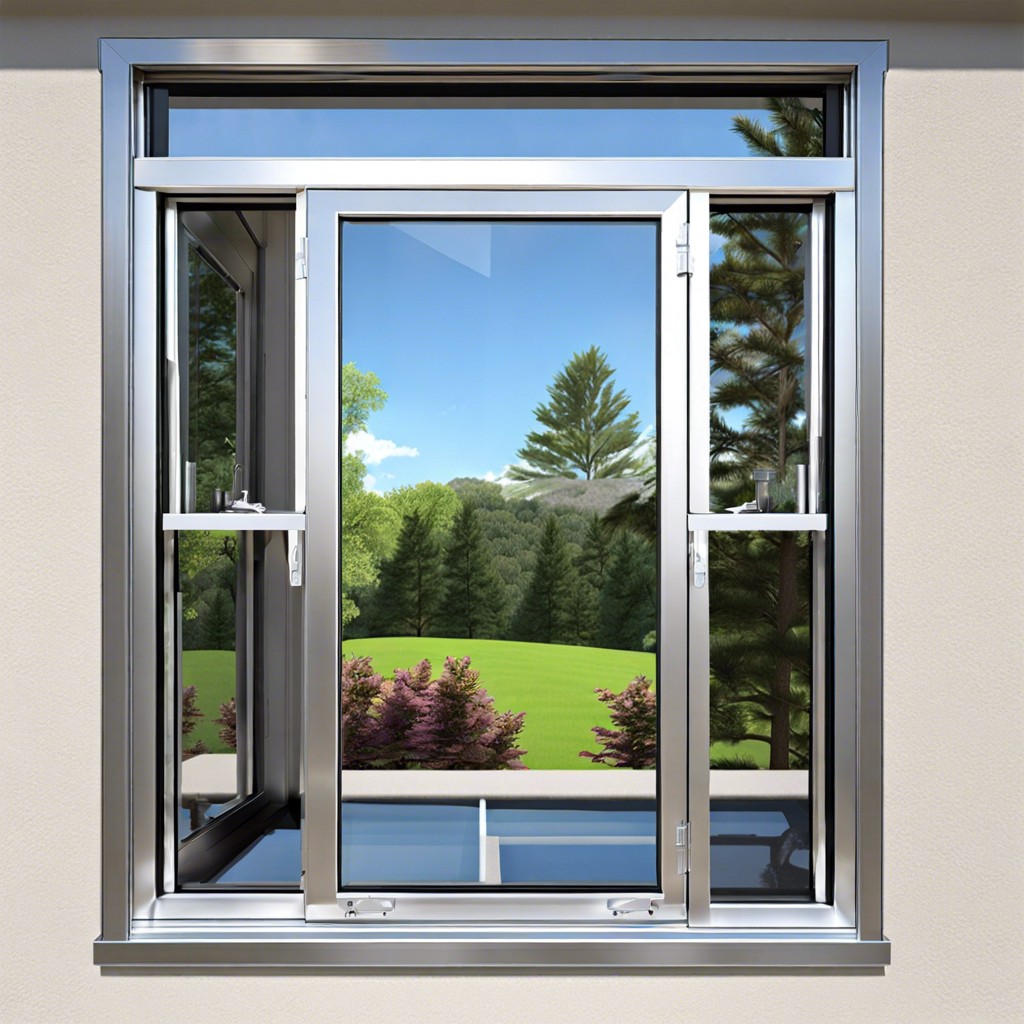Learn how to select, install, and maintain an aluminum window screen frame for your home.
Key takeaways:
- Aluminum window screen frames offer durability and resistance to rust.
- Follow these steps for a straightforward installation process.
- Routine cleaning and maintenance will keep frames in good condition.
- Aluminum frames are a cost-effective option compared to steel or fiberglass.
- Aluminum is sustainable, recyclable, and has a longer lifespan.
Benefits of Aluminum Window Screen Frames
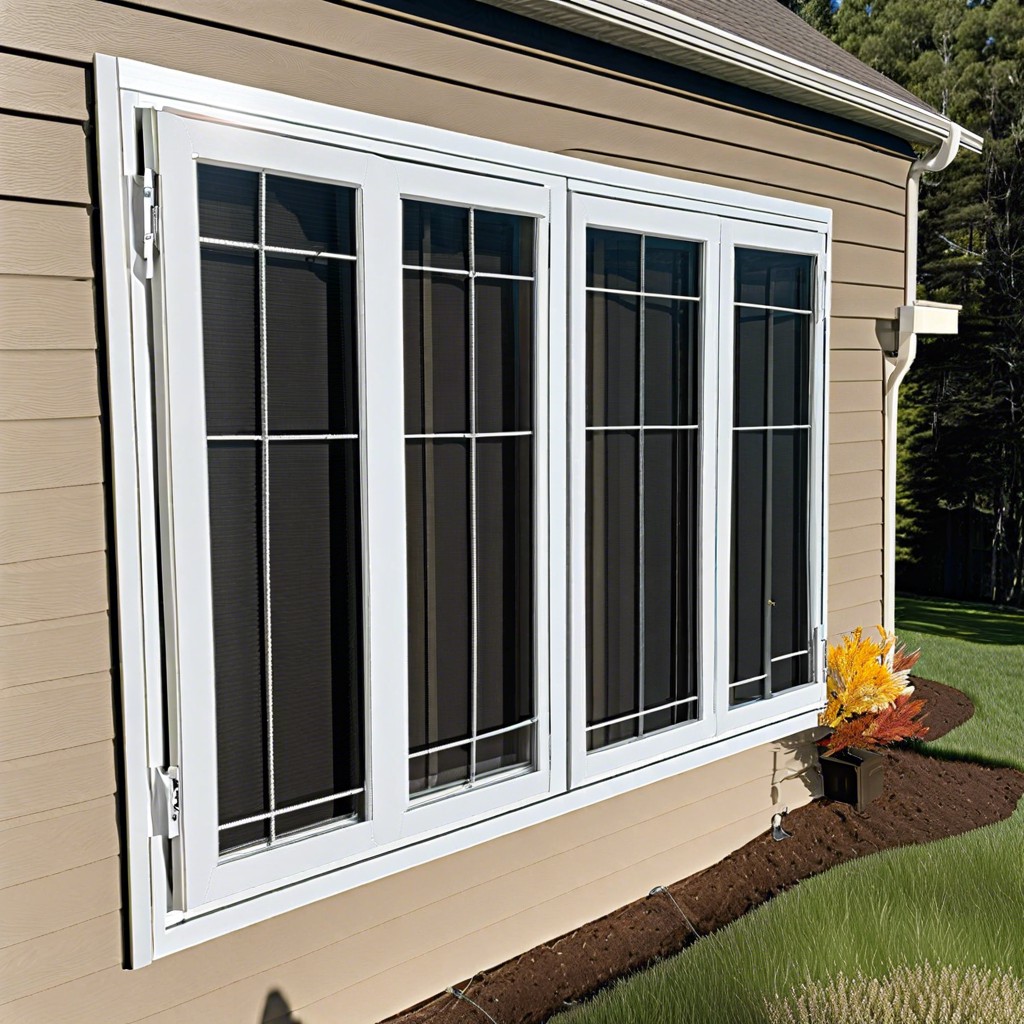
Aluminum window screen frames offer durability that stands up against various weather conditions, ensuring longevity. Their lightweight nature simplifies installation and makes handling a breeze. Aluminum is also renowned for its resistance to rust and corrosion, which translates into less maintenance. Additionally, the material’s flexibility allows for customization in shape and size to fit different window styles perfectly. Aesthetic wise, they provide a sleek, modern look that can complement any home design. These frames also enhance home security due to their robust structure, making it difficult for intruders to breach.
Installation Process
Installing an aluminum window screen frame can be straightforward if you follow these steps:
First, gather your tools and materials. You’ll need a measuring tape, hacksaw, screwdriver, and spline roller, alongside the aluminum frame, screen mesh, and spline (the rubber material that holds the mesh in place).
Measure the window opening to determine the frame size needed. Subtract 1/16th of an inch on each side for fitting, ensuring the frame will sit comfortably without forcing it into the space.
Cut the aluminum frame pieces to your measurements using a hacksaw. Be precise, as accurate cuts help ensure a snug fit and smooth installation.
Lay the cut pieces out on a flat surface to form the frame. Connect the corners using corner connectors, typically provided with the frame kit. These are usually pushed into place at each corner, though some may require small screws.
Roll out the screen mesh over the frame. Cut it so that it extends beyond the frame edges by about an inch all around. This extra material makes the next step easier.
Press the spline into the frame’s groove using the spline roller, which secures the mesh between the spline and the aluminum frame. Start at one corner and work your way around the frame, pulling the mesh taut as you go to avoid wrinkles or sagging.
Trim off any excess screen mesh with a utility knife for a clean finish.
Your aluminum window screen frame is now ready to be installed into the window opening. Secure it in place with the appropriate hardware, which might include screws or clips depending on your window setup.
Following these steps should make the installation process efficient, leaving you with a perfectly fitted aluminum window screen frame to enjoy.
Maintenance Tips
Keeping your aluminum window screen frames in tip-top shape is less work than you might think! Here are a few simple tips:
First, routine cleaning is your friend. Use a soft brush and soapy water to gently scrub the frames. This prevents dirt build-up and keeps them looking fresh.
Second, check for any signs of wear or damage such as bends or cracks. Small issues can often be fixed with a bit of straightening or patching.
Third, apply a silicone lubricant to the corners and joints of the frame. This stops squeaks and makes the window easier to open and close.
By following these straightforward steps, you’ll extend the life of your window frames and save yourself hassle in the long run.
Cost Comparison With Other Materials
Aluminum window screen frames often present a more budget-friendly option compared to materials like steel or fiberglass. They strike a balance between durability and cost-effectiveness. While steel frames are sturdier, their cost can be up to double that of aluminum counterparts. On the other hand, fiberglass frames may initially seem cheaper, but their tendency to warp and degrade under UV exposure leads to more frequent replacements. Investing in aluminum can mean fewer replacements over the years, translating to savings in the long run. Additionally, aluminum’s lightweight nature reduces shipping costs, which can further lighten the financial load.
Environmental Impact
Aluminum is a sustainable choice. Being highly recyclable, it contributes less to landfill waste because it can be repurposed multiple times without loss of quality. This means you’re also reducing the need for new raw materials.
Its production involves less energy compared to some other metals. This efficient process emits fewer greenhouse gases, aligning with greener building practices.
Furthermore, the durability of aluminum reduces the frequency of replacements. Unlike materials that degrade or break more easily, it stands the test of time against elements, leading to a longer lifecycle and fewer resources used over time.
Recap
